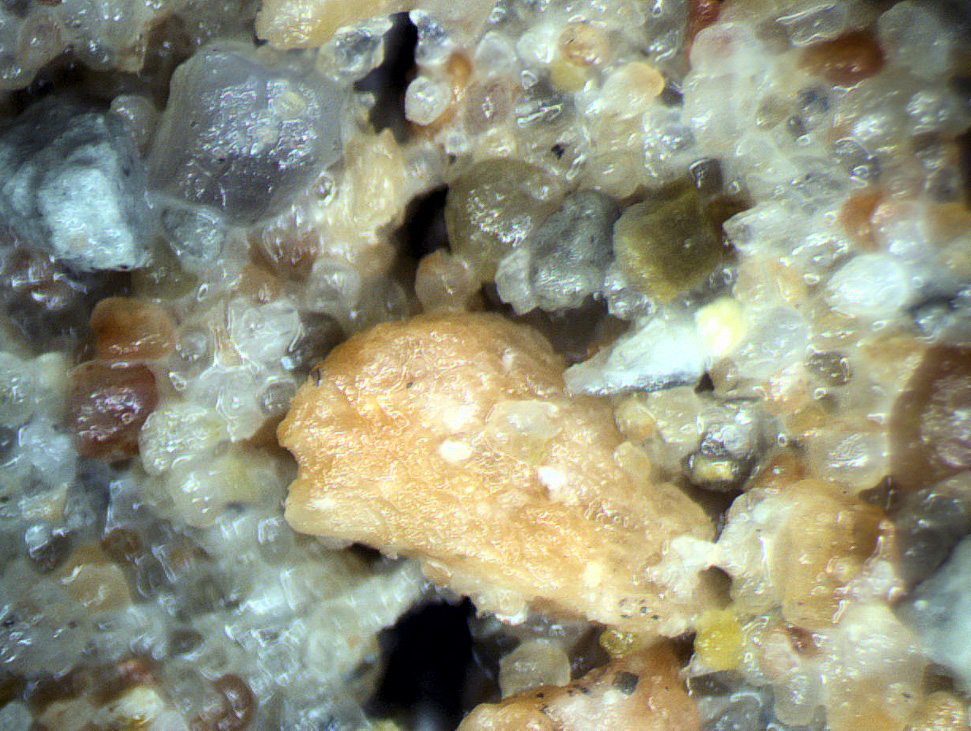Maintaining a deep understanding of the rocks themselves is at the heart of petroleum geology, and nowhere is it more evident than at the wellsite, where the cuttings provide a detailed story of not just the petrophysical qualities of the formation, but also give clues to the depositional history.
Maintaining a deep understanding of the rocks themselves is at the heart of petroleum geology, and nowhere is it more evident than at the wellsite, where the cuttings provide a detailed story of not just the petrophysical qualities of the formation, but also give clues to the depositional history. Welcome to an interview with William Feathergail Wilson, and please join the Petrophysical Technical Interest Group.
What is your name and your experience in geology?
- William Feathergail Wilson PG 21
- 58-years of experience
Where have you worked (which basins / parts of the world?)
I lost count at 56 countries both onshore and offshore.
How did you become interested in taking a close look at rocks? What made it important?
I grew up on an isolated Texas ranch that was full of rocks. Received my geology degrees for UT-Austin and worked as a graduate student under Dr. R.L. Folk. Rocks always intrigued me.

Photomicrograph of cuttings from a well drilled in central Texas in 2017.
What are the "must-have" studies for each well? Why? What equipment do you use?
I have always been an advocate for sample examination with a stereo microscope for every well that I have worked. I always packed a small microscope with me along with a hand lens.
Today I own three stereo microscopes and one polarizing microscope and continue to use them often with the new digital cameras. I often include photomicrographs in my reports. This is one of my recent pictures taken of a sample in a central Texas well drilled in 2017.
What should companies planning to drill long laterals do to prepare themselves for success? How should they gain an understanding of the rocks?
Anoxic high TOC shale exploration and development often ignores not only the rocks themselves, but even structural analysis. Many wells even miss their intended path due to sloppy guidance. The kerogen rich shales have segmented rich and poor zones. Evaluation as the final step in any well often is attenuated and yet it leads to at least 80% of the success of failure of the completion. Sample analysis is a key element, particularly as it relates to the next well. That includes the best geophysical logs and SEM studies as well as competent well site work. A lot of money is wasted by ignoring or short changing the evaluation steps.
What are some of the activities you are involved with now? What are your plans for the future?
My present arenas are concentrated in the Delaware Basin in petroleum and Central Texas in groundwater. My plans for the future include remaining as an active consultant pursuing my passion for geology. This complex science allows one to continue working as long as one wishes and you cannot say that about many professions. However, continuing education is an absolute and total requirement.